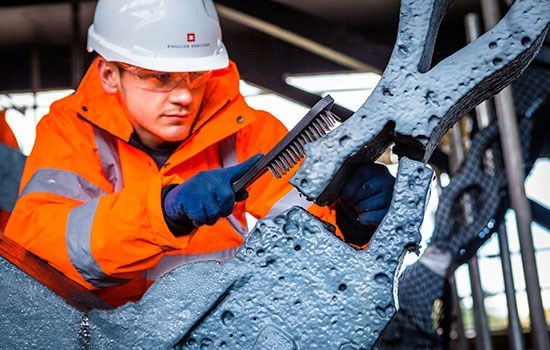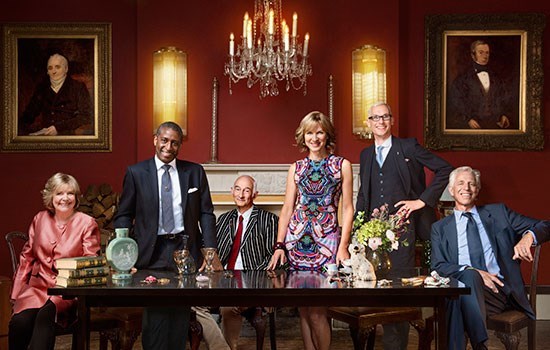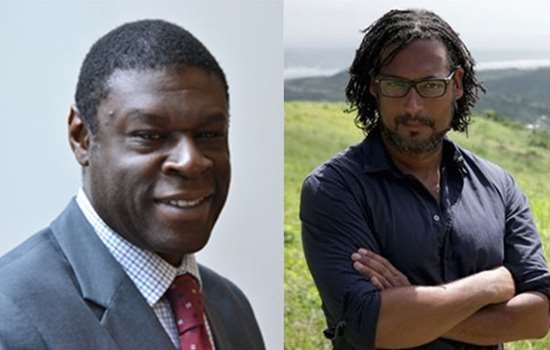24/03/2018
'Eggsclusive Eggs' hidden at English Heritage sites this Easter (2018)
English Heritage has partnered with six children's illustrators, including Fantastic Beasts and Where to Find Them artist Olivia Lomenech Gill, to design exclusive Easter eggs for children to win this Easter.
English Heritage is inviting children to search for a hidden token and win one of six Easter eggs, designed exclusively by top children's illustrators.
Visitors under 16-years-old can win an 'Eggsclusive Egg' by finding a token featuring a chicken at one of the charity's historic places over the Easter weekend. The tokens have been hidden in the grounds of sites where Easter Adventure Quests are taking place. When a token is found, the winner can redeem their prize from site staff.
The eggs have been designed by illustrators including Fantastic Beasts and Where to Find Them artist Olivia Lomenech Gill and Julia Donaldson's collaborator Lydia Monks. Each egg has been inspired by English Heritage's historic stately homes, medieval castles and Roman forts.
A short history of the Easter egg
The tradition of egg decorating dates back to the Middle Ages, when kings exchanged them. In 1290 Edward I purchased 450 eggs to be decorated with colours and gold leaf and then distributed to his household.
Eggs have been a symbol of rebirth and new life since pre-Christian times. They later became attached to various traditions and superstitions around Easter. For example, eggs laid on Good Friday were said to turn into diamonds if they were kept for 100 years. Others believed that eggs cooked on Good Friday and eaten on Easter promoted fertility and prevented sudden death.
The history of the Easter egg hunt itself dates back to Germany in the late 16th century. Becoming popular throughout Europe, the tradition was adopted by Queen Victoria and her family at their royal homes, including Osborne.
The chocolate egg, which we are familiar with today, wasn't mass-produced until the mid-20th century.
English Heritage's Properties Historian, Dr Michael Carter, said:
'For centuries eggs have been given as gifts at Easter. This year, we're giving this time-old tradition a new twist with the ultimate Easter egg hunt. Six 'Eggsclusive' eggs designed by six brilliant illustrators and inspired by our historic castles and stately homes are the prizes awaiting those lucky enough to find the hidden chicken tokens.
'Decorated eggs have been recorded as gifts as early as 1290 and in the early 16th century, Henry VIII received a silver-mounted egg as an Easter gift from the pope in Rome. Our lucky winners will be in good company.'
Meet the illustrators
- Ian Beck is a seasoned illustrator whose credits include Philip Pullman's Aladdin and the Enchanted Lamp and the Just So Stories. He was inspired by Battle Abbey and the Bayeux Tapestry, which recorded the famous 1066 Battle of Hastings. Beck's design turns the conflict on its head with his warriors exchanging gifts.
- Polly Dunbar is the creator of Tilly and Friends, a book series and programme on CBeebies. She featured Kent's Walmer Castle in her design, with the castle playing host to a brave knight and young maiden holding a clover, representing the castle's shape from above.
- Olivia Lomenech Gill is the illustrator of J. K. Rowling's Fantastic Beasts and Where to Find Them. Olivia took inspiration from the architecture of Warkworth Castle in Northumberland. She created her own array of amazing beasts lounging in the castle grounds, including a lion and a unicorn.
- Trisha Krauss is an author and illustrator of books by Lauren Child. She created a Fabergé-inspired egg, 'The Victoria Egg', highlighting several beauty spots within English Heritage properties including Wrest Park in Bedfordshire, Brodsworth Hall in South Yorkshire and Witley Court in Worcestershire.
- Lydia Monks is the best-selling illustrator and collaborator of Julia Donaldson. Lydia thought about visitors like herself who might visit a castle and imagine what it was like to be a knight or a great lady, and even managed to sneak in her trademark ladybird.
- Grahame Baker Smith is an iconic illustrator and author of the illustrated story, FArTHER. Grahame visited the Home of Charles Darwin, Down House in Kent. Incorporating Darwin's theories of evolution, Grahame chose the first complete fossil of an Archaeopteryx discovered in 1861 as his inspiration. Darwin considered this discovery to be one of the most important fossil finds ever made, showing an important transition between feathered dinosaurs and modern birds.
Find out more
Learn about why we have Easter eggs and the history of the Easter egg hunt.
For more from English Heritage, follow us on Facebook, Twitter and Instagram.
More recent news
-

WITNESS CONSERVATION IN ACTION AT THE IRON BRIDGE
A new 50 metre walkway will enable visitors to watch the experts as they repair the Iron Bridge in Shropshire.
-

BBC'S ANTIQUES ROADSHOW TO VISIT WREST PARK AND ELTHAM PALACE
The BBC One programme will be filming this year at Eltham Palace and Gardens on 10 June and at Wrest Park on 19 July.
-

TWO NEW TRUSTEES APPOINTED TO ENGLISH HERITAGE
English Heritage has announced the appointment of two new Trustees, both with a history of championing diversity and ethnic minorities.
